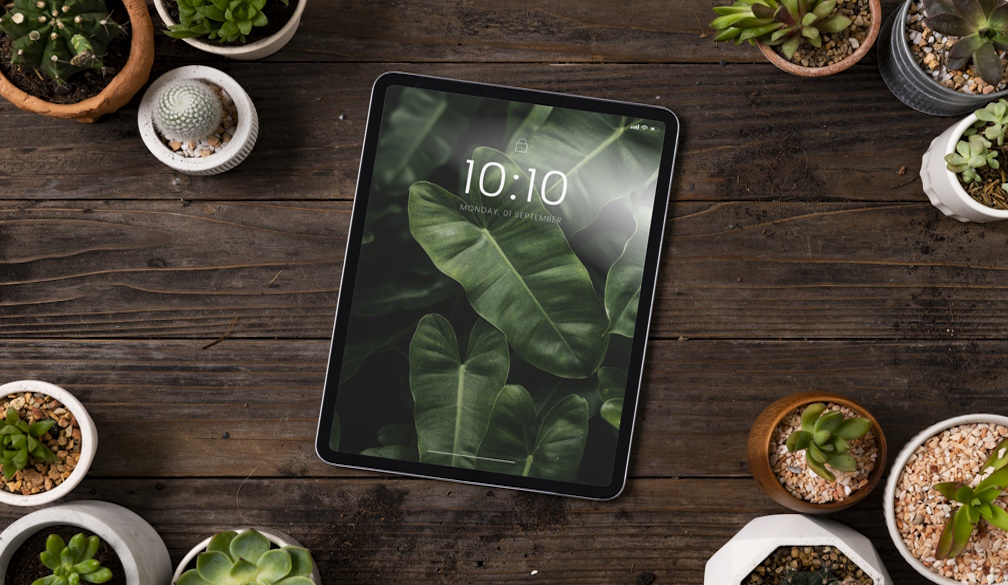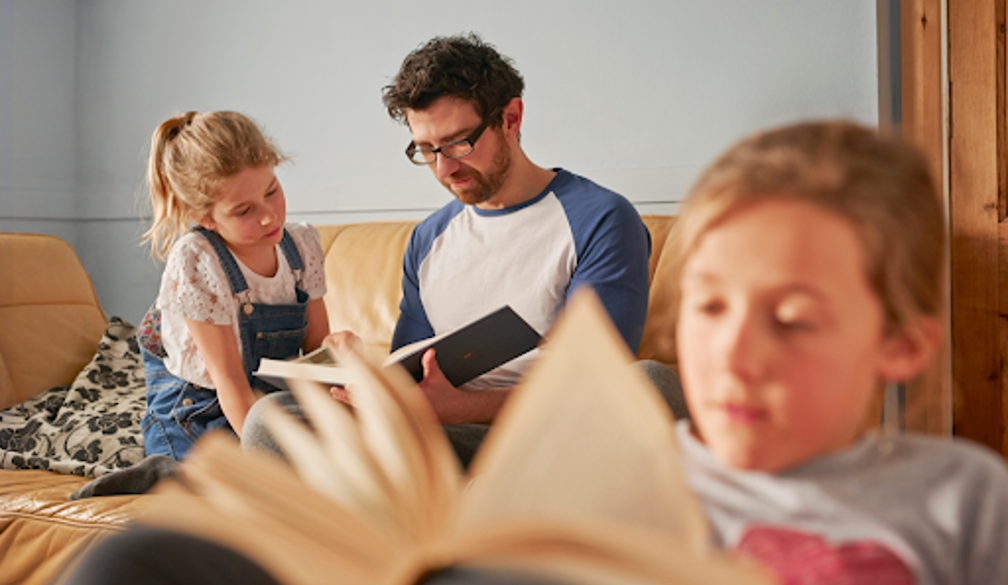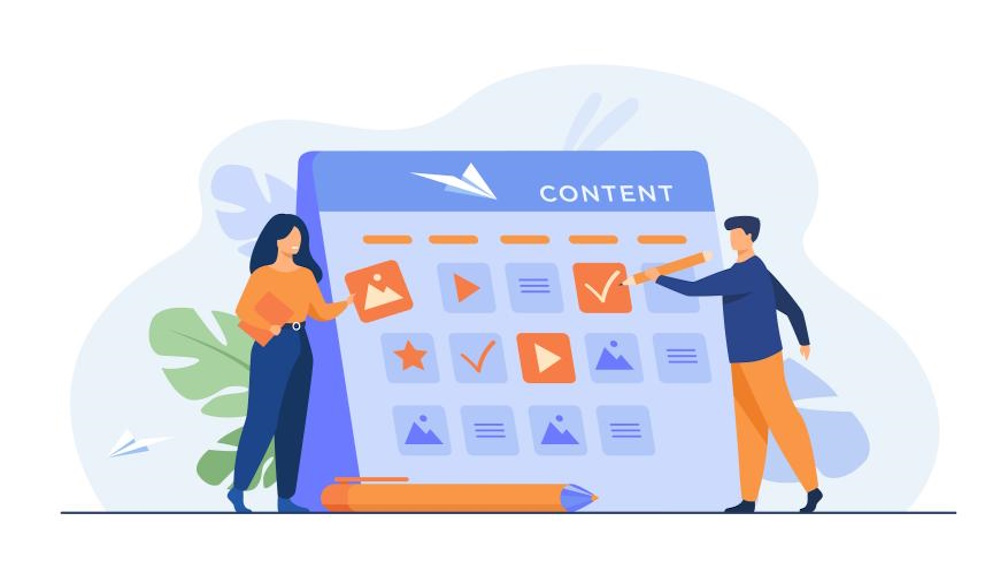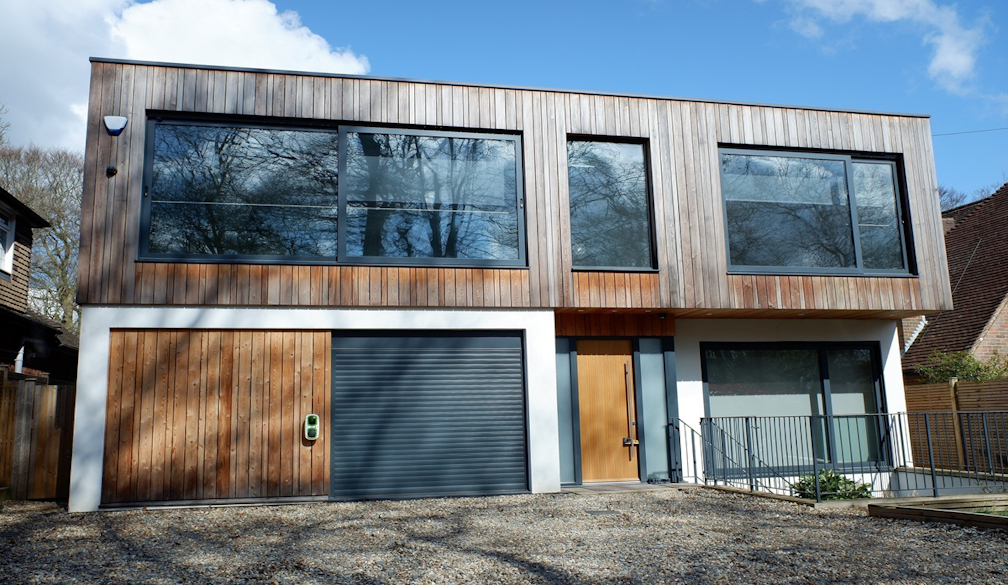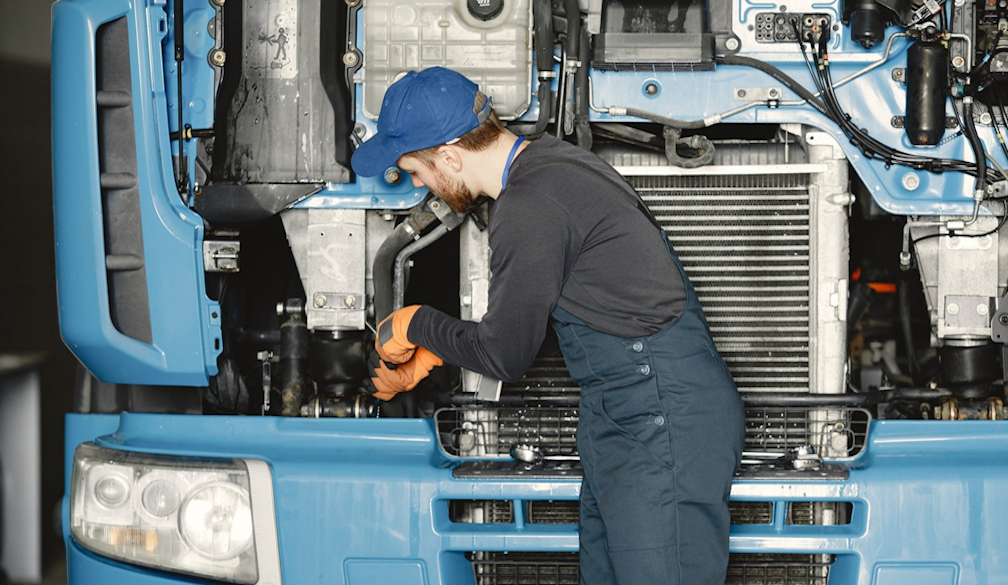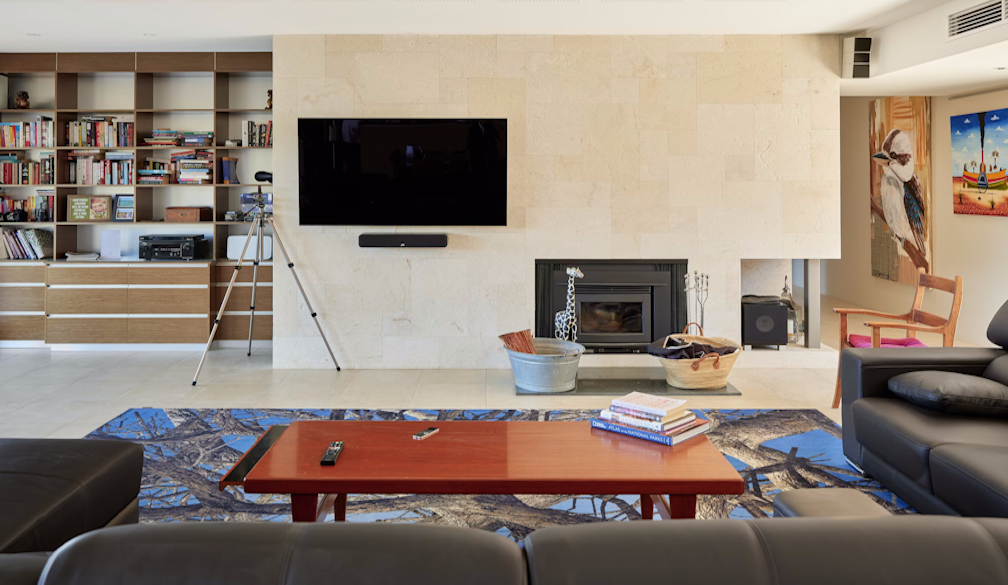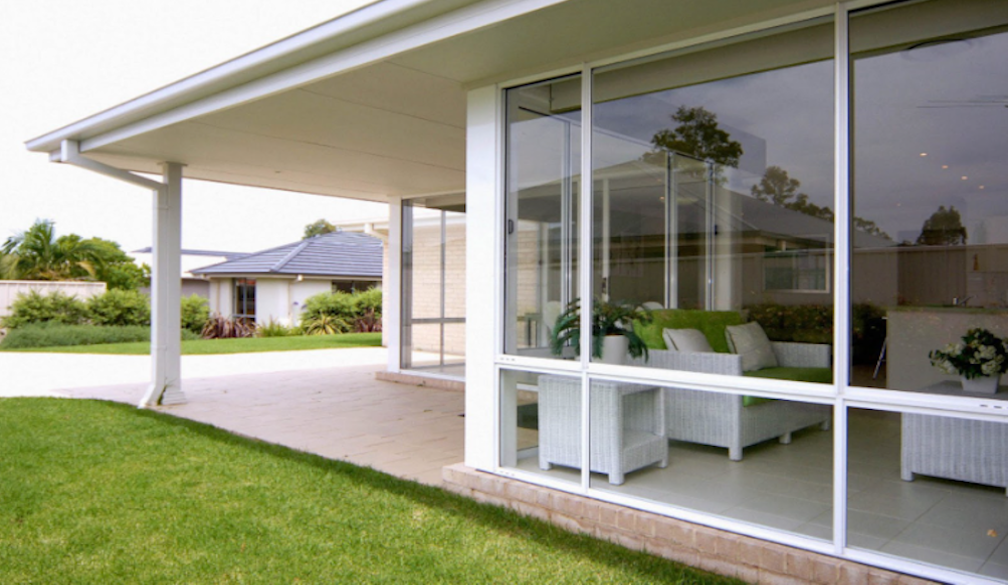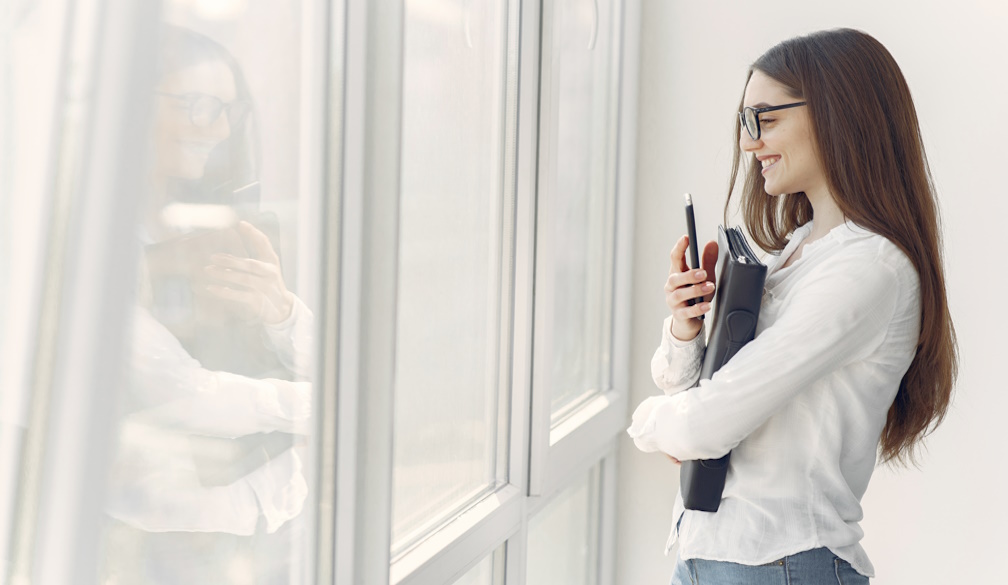Black Lives Matter in health care too. But convincing tomorrow's health workers is tough
- Written by Liz Rix, Lecturer/Academic, School of Health & Human Sciences & Gnibi College of Indigenous Australians, Southern Cross University, Southern Cross University
The global Black Lives Matter movement is forcing us all to confront past and current injustices Aboriginal and Torres Strait Islander people face.
It’s also a chance for Australia’s future health workers to acknowledge how colonisation and subsequent injustices shape interactions today between Indigenous Australians and mainstream health services.
By addressing these injustices early in their studies, health students might one day provide culturally appropriate or culturally safe health care. That’s rather than perpetuate well-documented institutional racism that sees many Indigenous people avoid mainstream health care or receive substandard care when they do.
However, our new book chapter brings together a growing body of evidence that convincing largely white, undergraduate students of this is an uphill struggle.
Here’s what we face. And here’s what we can do better if our future doctors, nurses and health workers are ever to help Close the Gap between Indigenous and non-Indigenous people’s health and well-being.
Read more: 'I can't breathe!' Australia must look in the mirror to see our own deaths in custody
Yes, it’s confronting
A new group of health students start their undergraduate degree. Enter the compulsory Indigenous health unit. This may be students’ first exposure to the brutality under which Australia was colonised.
The first weeks expose the British colonisers’ attempts to commit the physical and cultural genocide of Indigenous people.
In the first lecture, some white faces turn paler at the reality of what they are learning. The brutality of “hidden” facts behind colonisation emerges.
Read more: Friday essay: can looking at art make for better doctors?
Most students become immediately engrossed, yet challenged. For the first time many realise they belong to a dominant cultural group that perpetrated the early massacres and continuing attempts to eradicate Indigenous peoples’ language and culture.
Students are shocked to learn Australia was colonised under the lie of terra nullius (land without people), unofficially relegating Aboriginal people to the status of flora and fauna.
Discovering the historical and continuing barriers to Indigenous people seeking health care can also be shocking.
For instance, Indigenous patients are ten times less likely than non-Indigenous patients to go on the waiting list for a kidney transplant, despite being at much higher risk of end-stage kidney disease.
What’s all this to do with Black Lives Matter and health?
To genuinely claim Black Lives Matter, white health students must reflect critically on their own history, culture and worldview.
For instance, when it comes to health care, they need to acknowledge the dominance of Western and biomedical knowledge over traditional knowledge in mainstream health care. Unless forced to think about it, many white health students assume biomedical knowledge is all there is.
Health students also need to examine their unconscious bias towards Indigenous people.
This refers to the instant judgements we make about other people and situations based on our own values, experiences and cultural beliefs. It’s the type of bias that leads people to unwittingly judge Indigenous people more harshly than white people for the same actions, particularly when it comes to criminality, lifestyles or conflict.
Read more: Ms Dhu coronial findings show importance of teaching doctors and nurses about unconscious bias
Students need to unpack their white privilege. Unless students are forced to think about it, it’s easy to deny this privilege exists, despite decades of evidence showing otherwise.
In health care, for example, white clinicians hold the power of their white privilege but also their expert knowledge of the health conditions Indigenous Australians seek support for.
Being aware of all of this is therefore essential if white health professionals are to build positive therapeutic relationships with Indigenous people, based on two-way respect and understanding.
Read more: Australia needs to confront its history of white privilege to provide a level playing field for all
We can’t keep on repeating past mistakes
When confronted with these issues during their studies, some students become angry, fearful, guilty, argumentative or defensive. This common reaction is known as “white fragility”, when white privilege and unconscious bias collide.
Some stay silent, ticking the right boxes to get a “good grade” as a culturally safe health professional.
Robin DiAngelo, author of the book White Fragility, asks people to look beyond terms like ‘I’m not racist’.The percentage of overtly racist students is low. However their impact on other students and lecturers is damaging.
These students often argue they will treat everyone the same, regardless of their culture. Others make inflammatory statements, along the lines of “just get over it”.
Yet, it is crucial these students examine their unconscious biases, and have these conversations in the “safe space” of a classroom before alienating Indigenous Australians from mainstream health services once they graduate.
Once these students join the workforce, and their attitudes go unchecked, they become complicit in the continuation of institutional racism against Indigenous people.
The lethal impact of institutional racism in health services is ever present. The avoidable death of a young pregnant Aboriginal woman from sepsis tragically illustrates this. This young woman died after being turned away from a NSW hospital on some 20 occasions with increasing pain. Emergency department nurses judged she was seeking drugs.
Read more: Why racism is so hard to define and even harder to understand
We can’t accept racism in the media
When the issue of “cultural safety” was added to nurses’ and midwives’ codes of conduct in 2018, we had a stark reminder of white Australia’s attitude and unconscious biases, as played out in the media. This comment from 2GB’s Michael McLaren was typical:
This all sounds ridiculous to me. What the hell is cultural safety? No one’s ever heard of it.
Cultural safety emerged in the 1990s from the work of Maori nurses in New Zealand. It’s about providing an environment, that’s:
[…] safe for people; where there is no assault, challenge or denial of their identity, of who they are and what they need. It is about shared respect, shared meaning, shared knowledge and experience, of learning together with dignity, and truly listening.
Here’s what we could be doing better
White and Indigenous expert lecturers, working together, need to deliver this material to health students.
If students witness positive cross-cultural relationships and teaching teamwork, this clearly demonstrates two-way understanding and respectful relationships. It also steers clear of an “us and them” divisive culture.
If Australia wants to convince the rest of the world Black Lives Matter, future health workers can acknowledge and reflect on the enduring legacy of colonisation and its expression as institutional racism today. Only then may Closing the Gap become a reality.
We acknowledge and pay our respects to the Bundjalung people on whose lands we live learn, write and teach. We thank the Elders past and present for the learning and knowledge in this article.
The authors use the term Aboriginal and Torres Strait Islander people as the respectful and inclusive term for Australia’s First Nations Peoples. However, the term Indigenous Australians is also used to enable the complexity of this topic to be adequately discussed in this short article.
Authors: Liz Rix, Lecturer/Academic, School of Health & Human Sciences & Gnibi College of Indigenous Australians, Southern Cross University, Southern Cross University



